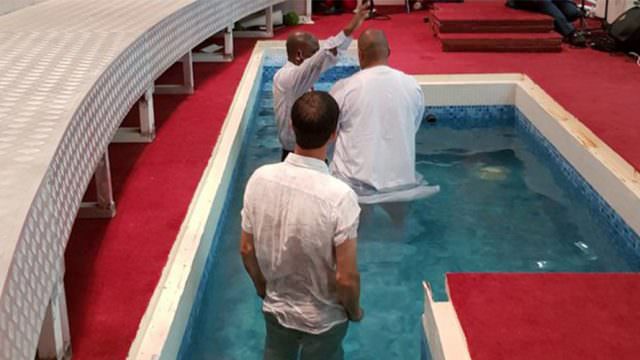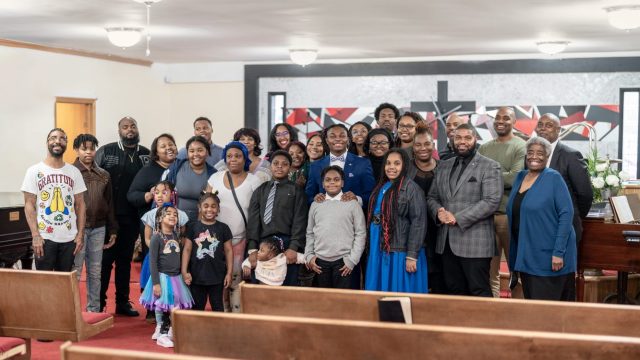What is the “hell fire” mentioned in Matthew 5:22?

My short answer: something we do not want! The literal reading of the Greek is “Gehenna of fire,” not “hell,” for which the Greek word would be hadēs. The trajectory of the use of the noun Gehenna shows how a geographical term came to designate a place of judgment for the wicked.
1. GEHENNA AS A GEOGRAPHICAL TERM
The Greek term geenna, from which we get Gehenna, is a transliteration of the Hebrew gê hannôm, meaning “Valley of Hinnom.” This was a literal valley located in the southern part of Jerusalem that served as the border between the lands of Judah and Benjamin. In that valley the Israelites built a place of worship, called the Tophet, where pagan deities were worshipped and where Ahaz and Manasseh worshipped Canaanite Baals and offered child sacrifices to Molech (2 Chron. 28:2, 3; 33:6; cf. Jer. 32:35). The valley was associated with rebellion against God with its burning of children as sacrifices. Jeremiah announced that the Valley of Hinnom will become the “Valley of the Slaughter,” a place of punishment for God’s rebellious people, a cemetery (Jer. 7:30-34; 19:1-9). Isaiah, though not specifically mentioning the valley, uses the concepts associated with it to refer to God’s universal last-day judgment against the wicked. God comes with fire to “judge all flesh” (Isa. 66:16). The Israelites, when coming out of the city, will see the corpses: “their worm does not die, and their fire is not quenched” (verse 24).
2. GEHENNA AS THE FINAL FATE OF THE WICKED
Jesus brings together the messages of Jeremiah and Isaiah when He speaks about the destruction of the wicked in the final judgment, called by Him “the judgment of Gehenna,” that is, those condemned to Gehenna (Matt. 23:33; literal translation; cf. Matt. 5:22), from which the wicked would not be able to escape. Gehenna is the fire that after their resurrection will permanently and totally destroy the wicked—life and body (Matt. 10:28; Luke 12:4, 5). In human sacrifices the child was first killed/sacrificed, then the body was thrown into the fire so it would be with the wicked. In fact, Jesus often speaks about the whole body thrown into Gehenna—the fire of God’s judgment (e.g., Matt. 5:29, 30; Mark 9:43-48). The wicked are described as being thrown into Gehenna, implying the use of force (Greek: ballo, “throw, put” [Matt. 5:29; 18:8]) or as departing to Gehenna, emphasizing separation (aperchomai, “go away, depart” [Mark 9:43]). The idea that the immortal soul, separated from the body, goes to hell/Gehenna to burn forever is not found in any of the passages where this noun is used. While the wicked go into the fire of eternal death, the righteous enter into life with the Lord (Mark 9:43, 49; Matt. 19:8).
3. GEHENNA AND UNQUENCHABLE FIRE
We have already observed that Gehenna designates judgment by fire, and it is consequently called the “fire of hell/Gehenna” (Matt. 18:9). What has confused some people is that this “fire . . . shall never be quenched” (Mark 9:43; cf. Luke 3:17). This phrase simply means that humans have no control over it; it will keep burning until there’s nothing left to burn. Jesus explains by quoting Isaiah 66:24. The Gehenna is the place where “their [the sinner’s] worm does not die, and their fire is not quenched.” The language is figurative in the sense that the two descriptions seem to be incompatible. Is the corpse being eaten by worms, or has it been burned? The idea is that of total annihilation. The worm and the fire will keep working until nothing is left.
Thank You, Jesus, for delivering us from Gehenna (eternal death)!








